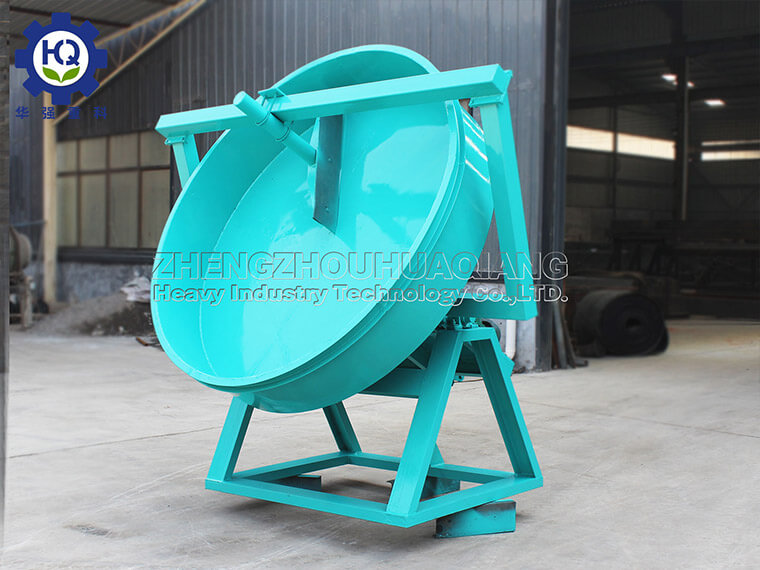As an important input for modern agricultural production, the production process of NPK fertilizer is crucial to ensuring the quality of fertilizer and production efficiency. This NPK fertilizer production line covers multiple closely connected links, each of which has a significant impact on the quality of the final product.
The process begins with the preparation of raw materials. The main raw materials required for producing NPK fertilizers include nitrogen-containing compounds (such as urea and liquid ammonia), phosphorus containing ores (such as apatite), and potassium salts (such as potassium chloride and potassium sulfate). These raw materials are first transported to the storage area and await further processing. At this stage, precise raw material quality testing and inventory management are crucial to ensure the stability of subsequent production.
Raw material pretreatment is the second step. Raw materials with high hardness such as phosphate ore need to be crushed by a fertilizer crusher to reduce their particle size to a suitable range, so that subsequent reactions can proceed more fully. At the same time, in order to remove impurities from the raw materials, screening and magnetic separation methods will be used to ensure that the purity of the raw materials entering the next stage meets the standard.
The mixing process is one of the core components of NPK fertilizer production. Various pre processed raw materials are transported to high-efficiency mixing equipment according to specific formula ratios. Here, different raw materials are fully blended to ensure even distribution of nitrogen, phosphorus, potassium, and other trace elements. Accurate formula control and efficient mixing operations are key to ensuring nutrient balance in fertilizers.
The mixed material enters the granulation stage. Common granulation methods include disc granulation and extrusion granulation. The disc granulator rotates the disc to gradually aggregate the material into granules under the action of centrifugal force and friction force; Squeezing granulation is the process of using pressure to extrude materials through a mold into a shape. The granulation process determines the shape, size, and strength of fertilizer particles, directly affecting the effectiveness and storage performance of fertilizers.
After the particles are formed, they need to be dried. By using a dryer and hot air to remove excess moisture from particles, the stability and storage period of fertilizers are enhanced. The drying temperature and time need to be strictly controlled to avoid affecting the nutrient content of the fertilizer.
The cooling process follows closely behind, rapidly reducing the particle temperature through air or water cooling, further improving the physical properties of the particles.
The next step is the screening process, which uses equipment such as vibrating screens to screen out qualified particles that meet the particle size requirements. Particles that do not meet the standards will be separated, or re crushed and mixed, or processed separately.
Finally, there is the packaging process. The fertilizer particles that have passed the inspection are transported to the automatic packaging machine, packaged according to the specified weight, labeled, and can enter the market for circulation.
The process flow of NPK fertilizer production line, from raw material preparation to finished product packaging, is closely connected and indispensable at every step. Only through scientific and rational process design and strict quality control can high-quality fertilizers that meet agricultural needs be produced.